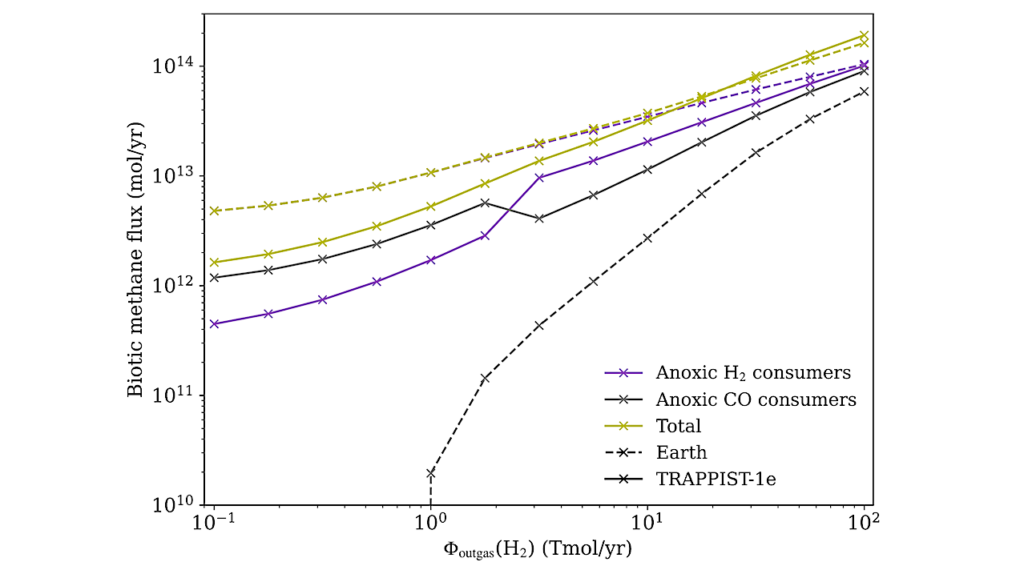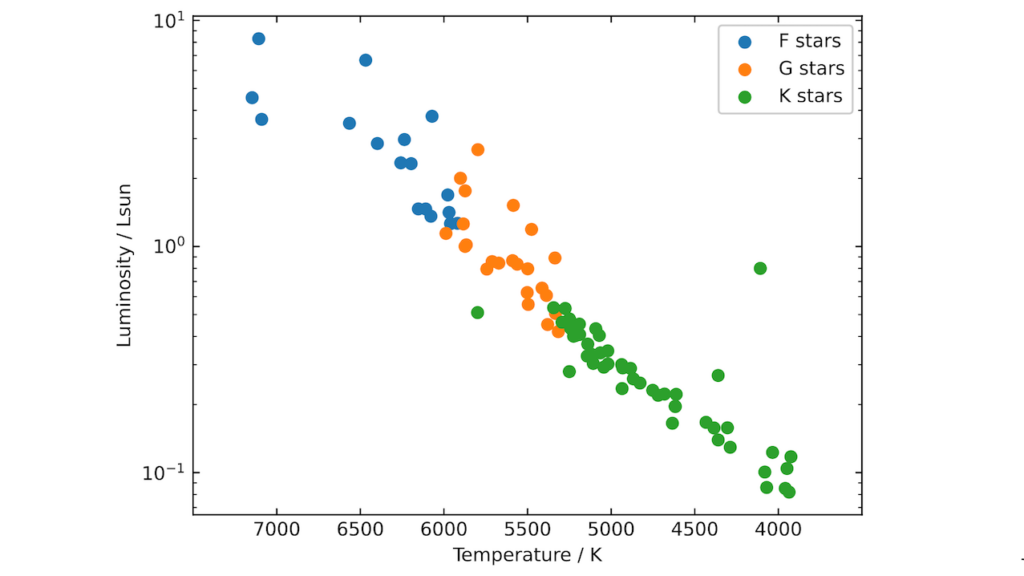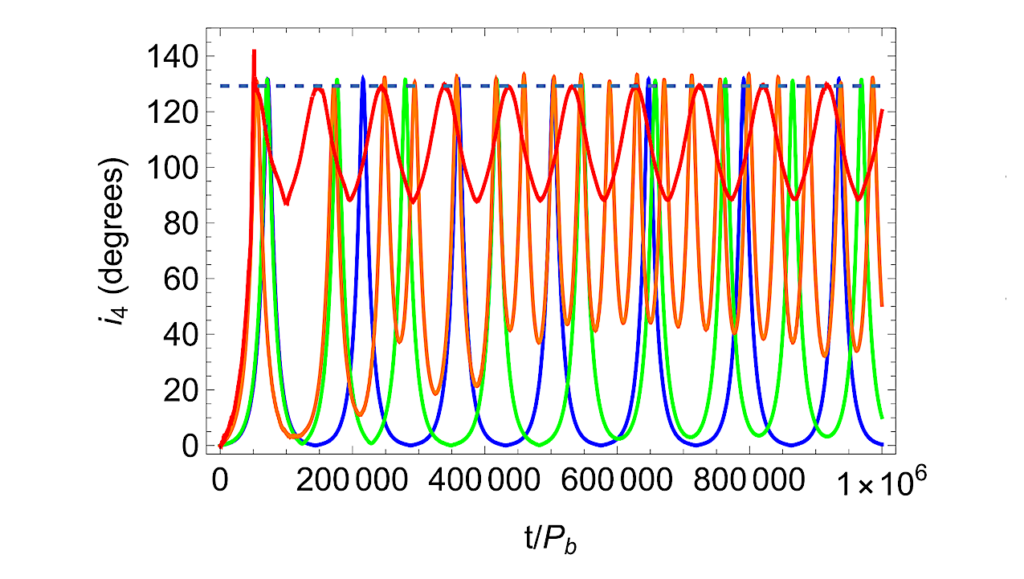Detectability of Life Using Oxygen on Pelagic Planets and Water Worlds

The search for life on exoplanets is one of the grand scientific challenges of our time.
The strategy to date has been to find (e.g., through transit surveys like Kepler) Earth-like exoplanets in their stars habitable zone, then use transmission spectroscopy to measure biosignature gases, especially oxygen, in the planets atmospheres (e.g., using JWST, the James Webb Space Telescope).
Already there are more such planets than can be observed by JWST, and missions like the Transiting Exoplanet Survey Satellite and others will find more. A better understanding of the geochemical cycles relevant to biosignature gases is needed, to prioritize targets for costly follow-up observations and to help design future missions. We define a Detectability Index to quantify the likelihood that a biosignature gas could be assigned a biological vs. non-biological origin. We apply this index to the case of oxygen gas, O2, on Earth-like planets with varying water contents.
We demonstrate that on Earth-like exoplanets with 0.2 weight percent (wt%) water (i.e., no exposed continents) a reduced flux of bioessential phosphorus limits the export of photosynthetically produced atmospheric O2 to levels indistinguishable from geophysical production by photolysis of water plus hydrogen escape. Higher water contents >1wt% that lead to high-pressure ice mantles further slow phosphorus cycling. Paradoxically, the maximum water content allowing use of O2 as a biosignature, 0.2wt%, is consistent with no water based on mass and radius. Thus, the utility of an O2 biosignature likely requires the direct detection of both water and land on a planet.
Donald M Glaser, Hilairy Ellen Hartnett, Steven J. Desch, Cayman T. Unterborn, Ariel Anbar, Steffen Buessecker, Theresa Fisher, Steven Glaser, Stephen R. Kane, Carey M. Lisse, Camerian Millsaps, Susanne Neuer, Joseph G. ORourke, Nuno Santos, Sara Imari Walker, Mikhail Zolotov
(Submitted on 7 Apr 2020)
Subjects: Earth and Planetary Astrophysics (astro-ph.EP)
Cite as: arXiv:2004.03631 [astro-ph.EP] (or arXiv:2004.03631v1 [astro-ph.EP] for this version)
Submission history
From: Donald Glaser
[v1] Tue, 7 Apr 2020 18:11:59 UTC (10,939 KB)
https://arxiv.org/abs/2004.03631
Astrobiology








